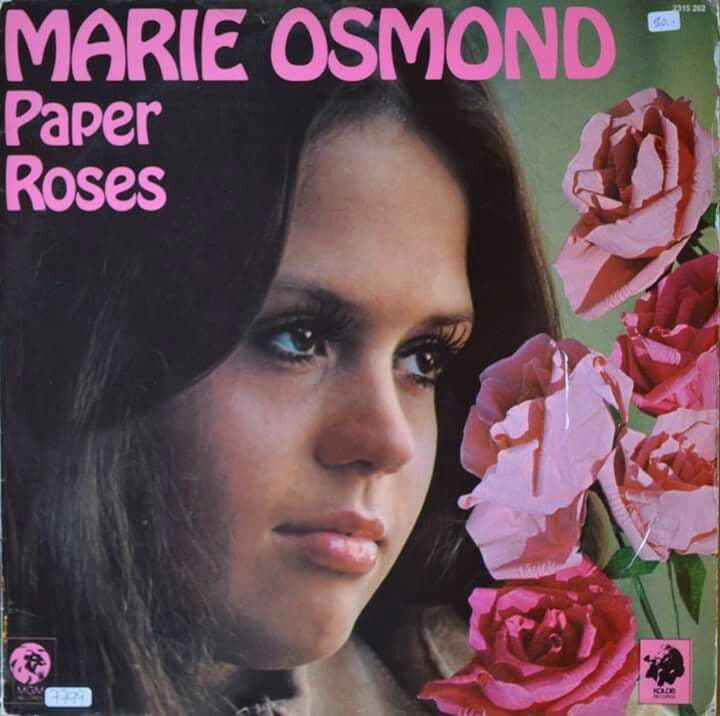
Marie Osmond’s Blossoming Breakthrough: “Paper Roses” – The Song That Launched a Solo Star
When Marie Osmond released her rendition of “Paper Roses” in 1973, she was just a teenager, but her voice carried the kind of depth and maturity that suggested a seasoned performer. It was an interesting time in her career, as she stepped out from the shadow of her famous Osmond brothers and carved out a path for herself as a solo artist. The song’s success was immediate and remarkable—it soared to the No. 1 spot on the Billboard Hot Country Songs chart and reached No. 5 on the Billboard Hot 100. For Marie, this marked the beginning of a long and successful career in country and pop music, establishing her as a standout in a family of talented entertainers.
Originally written by Fred Spielman and Janice Torre and first popularized by Anita Bryant in 1960, “Paper Roses” became a definitive song for Marie Osmond. Her version brought a fresh, youthful take to the lyrics while still preserving the bittersweet sentiment that had made it a classic. The song tells the story of someone coming to the painful realization that a once-promising love was never what it seemed—much like fragile, artificial roses that look beautiful but are ultimately without substance. In her rendition, Marie’s delicate yet confident vocals perfectly capture that blend of youthful innocence and emerging emotional wisdom.
What makes “Paper Roses” so engaging is its timeless appeal. The simple, poignant lyrics, combined with a memorable melody, have an almost universal quality. Listeners across generations can relate to the theme of disillusionment in love. For Marie, it was a bold debut that showcased her ability to connect with an audience on a deeply emotional level. Her interpretation feels heartfelt, as though she’s lived through every word, even though she was still relatively young when the song was recorded.
Marie Osmond‘s “Paper Roses” is one of those songs that remains deeply etched in the memory of music lovers, especially those who grew up in the 1970s. It’s a beautiful example of how a song can take on new life through different interpretations, and Marie’s version undoubtedly cemented her place as a beloved country-pop artist.